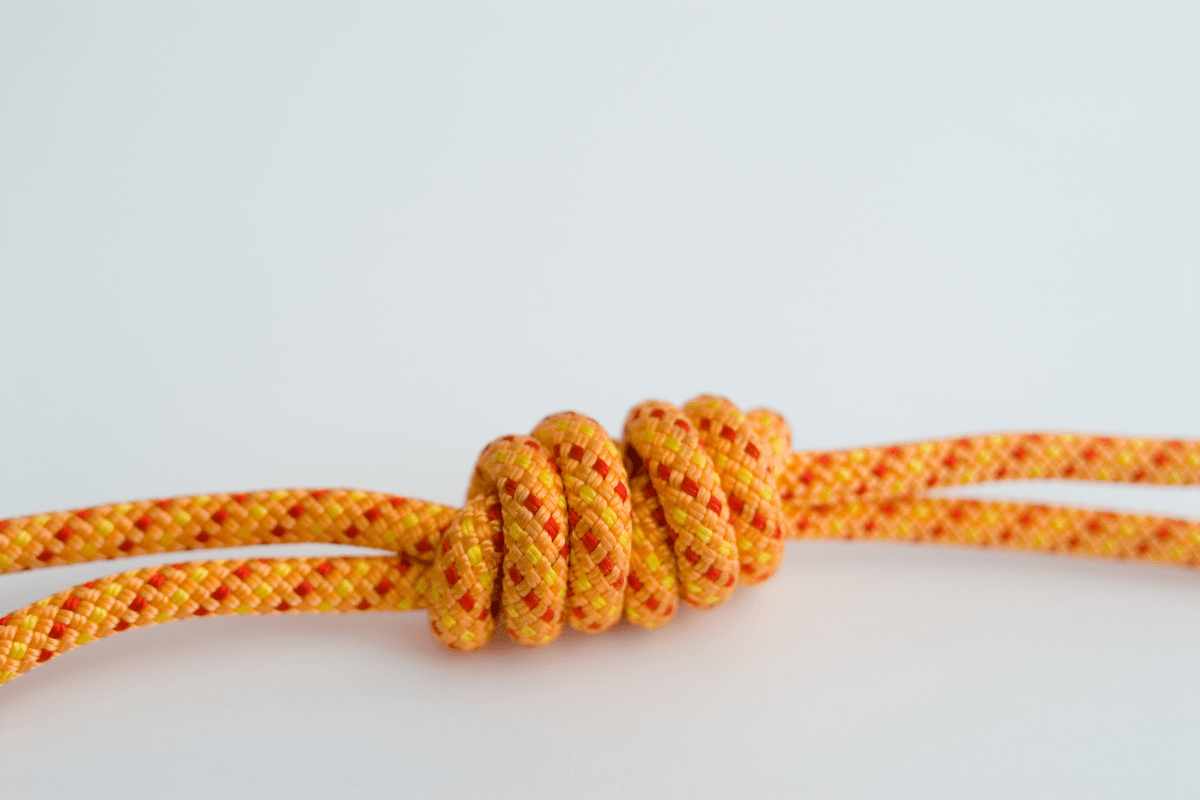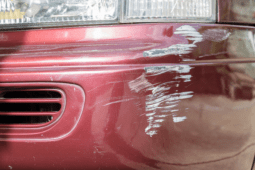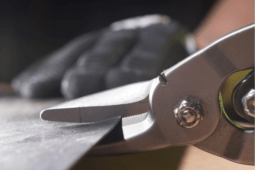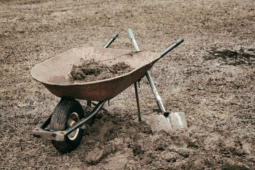6 Essential Knots For Every Outdoorsman to Know
Every outdoorsman knows that preparation is key to a successful adventure. Whether you plan on camping, fishing, hiking, or any other outdoor activity, one of the most important skills you can have is the ability to tie knots. Knots are essential for securing gear, setting up shelters, and even saving lives in emergency situations.
However, with so many different knots out there, it can be overwhelming to know which ones to focus on. That’s why we’ve put together a list of the 6 essential knots that every outdoorsman should know. From the simple square knot to the more complex bowline, these knots will help you tackle any situation that comes your way.
We’ll provide step-by-step instructions for each knot and explain when and where to use them. By the end of this article, you’ll feel confident in your knot-tying abilities and be ready to tackle any outdoor adventure with ease. So whether you’re a seasoned outdoorsman or just starting out, read on to learn the 6 essential knots you need to know.
The Bowline Knot
The bowline knot is a versatile and reliable knot used in a variety of situations. It is commonly used in sailing, rock climbing, and rescue operations.
Here is a step-by-step guide on how to tie the bowline knot:
- Create a small loop with the rope and hold it in your left hand, with the working end of the rope (the part you will be tying the knot with) hanging down.
- Take the working end of the rope and pass it up through the loop.
- Bring the working end of the rope behind the standing part of the rope (the part that is not being used to tie the knot).
- Pass the working end of the rope back down through the loop.
- Tighten the knot by pulling on the working end of the rope and the standing part of the rope.
The bowline knot is a reliable knot that creates a secure loop that will not slip or come undone. It is often used in situations where a secure loop is needed, such as when tying a rope to a tree or post or when hoisting a person or object.
One important thing to note about the bowline knot is that it can be difficult to untie after it has been loaded. This means that if the knot has been under tension, it may be difficult to untie and could require cutting the rope.
Overall, the bowline knot is a versatile and useful knot that should be included in every outdoor enthusiast’s repertoire. With a little practice, it can be tied quickly and easily, providing a secure loop that can be trusted in a variety of situations.
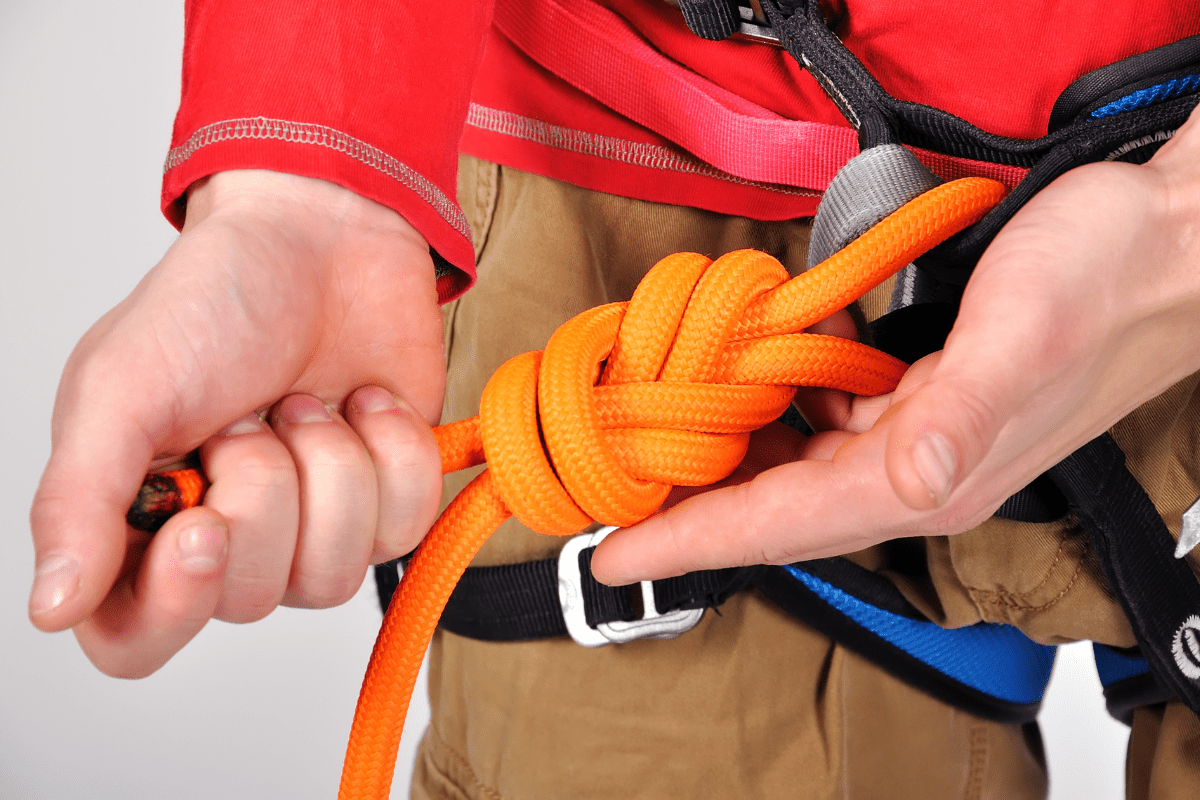
The Square Knot
The square knot, also known as the reef knot, is a simple yet versatile knot used to join two ropes or cords of equal diameter. It is commonly used in various activities such as camping, sailing, fishing, and climbing.
To tie a square knot, follow these steps:
- Take two ropes and cross one over the other to create a loop.
- Take the end of the rope that is now on top and pass it underneath the other rope and through the loop.
- Pull the ropes tight to form the first half of the knot.
- Cross the other rope over the first rope to create a second loop.
- Take the end of the rope that is now on top and pass it underneath the other rope and through the loop.
- Pull both ropes tight to complete the square knot.
It is important to note that the square knot should only be used to join two ropes of equal diameter. If the ropes are of different sizes, the knot may slip or come undone.
The square knot is commonly used to tie two ropes together for various purposes, such as securing a load, tying a knot in a rope, or securing a sail. It is also used as a binding knot to tie off the ends of a rope.
One of the advantages of the square knot is that it can be easily untied after it has been tightened. This makes it a great knot for situations where you may need to adjust or release the knot quickly.
The square knot is a simple and versatile knot that is useful in a variety of situations. With a little practice, you’ll be able to tie it quickly and confidently.
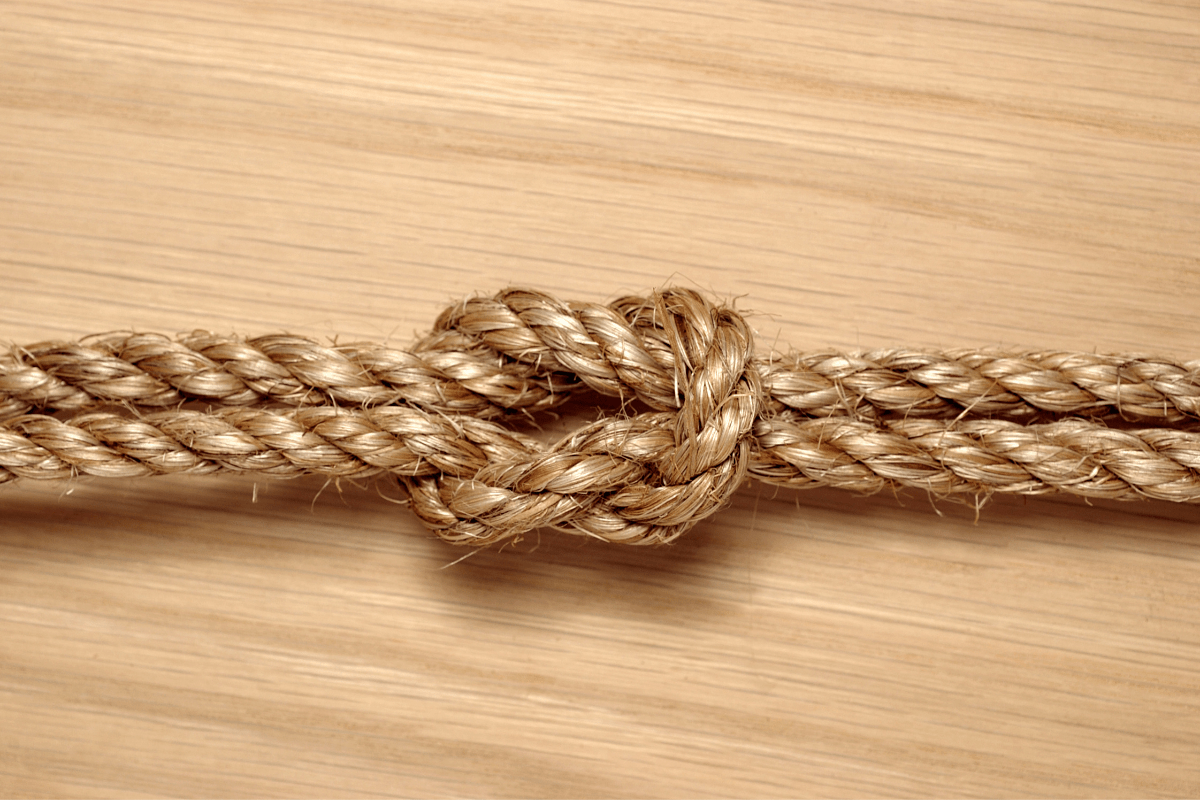
The Clove Hitch Knot
The clove hitch knot is a simple and versatile knot that can be used in a variety of situations.
To tie the clove hitch knot, follow these steps:
- Start by making a loop in the rope.
- Take the end of the rope and pass it over the loop, then under and over the standing part of the rope.
- Pull the end of the rope tight to secure the knot.
The clove hitch knot is commonly used for tying a rope to a post or pole, as it can be easily adjusted and is secure under tension. It is often used in boating to tie a boat to a dock or to secure a fender to a rail. The knot can also be used in camping to secure a tarp or tent.
One of the advantages of the clove hitch knot is that it can be easily untied, even after being under tension. This makes it a good choice for situations where the knot may need to be adjusted or released quickly. However, it is not recommended for situations where the knot may be subject to sudden shocks or changes in tension, as it can slip or become unstable.
The clove hitch knot is a useful and easy-to-learn knot that can be used in a variety of situations. Whether you’re boating, camping, or just need to secure a rope, the clove hitch knot is a reliable choice that you can count on.
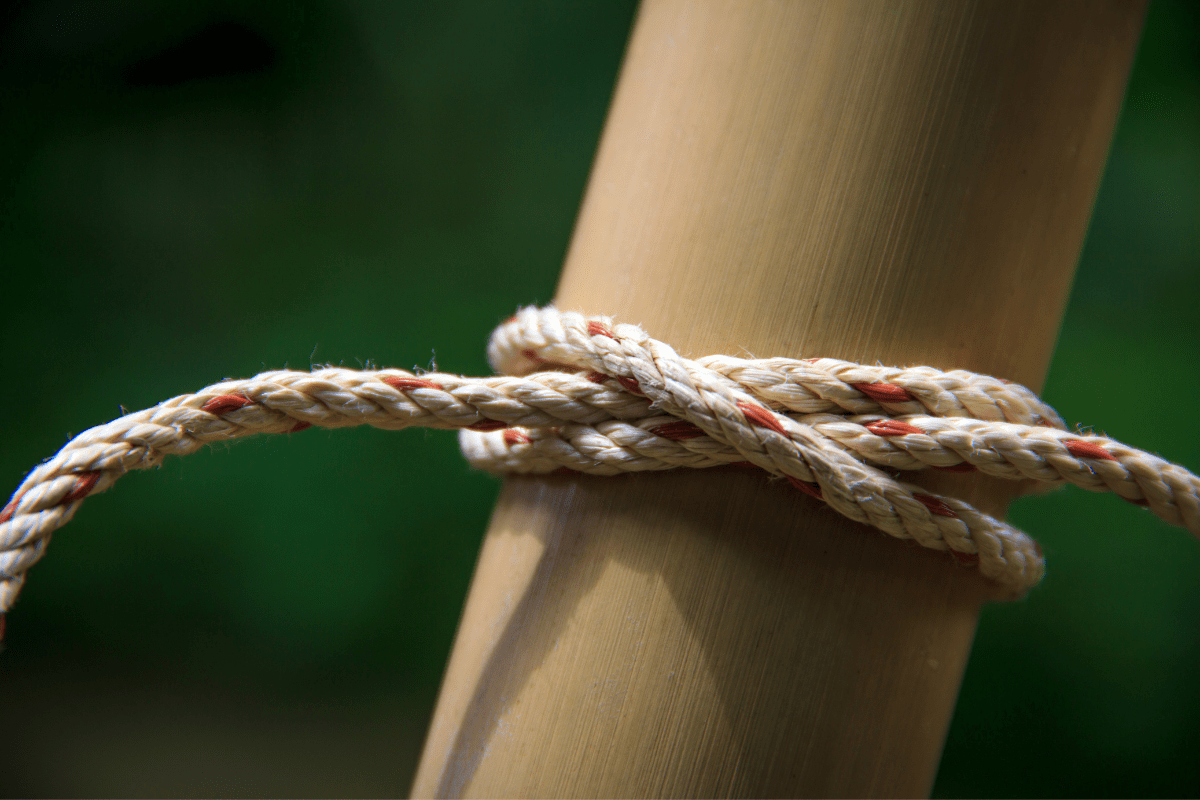
The Taut-Line Hitch Knot
The taut-line hitch knot is a versatile knot that is commonly used in camping, hiking, and other outdoor activities. It is a type of adjustable knot that can be used to secure a rope or cord to a fixed object, such as a tent stake or tree, while allowing for easy adjustment of tension.
To tie the taut-line hitch knot, follow these steps:
- Start by wrapping the rope around the fixed object and bringing it back to the standing end.
- Then, tie a half hitch around the standing end and pass the working end through the loop created by the half hitch.
- Next, make a turn around the standing end and pass the working end through the loop again.
- Finally, tighten the knot by pulling on the working end while holding the standing end.
The taut-line hitch knot is ideal for situations where the tension on the rope or cord may need to be adjusted frequently, such as when setting up a tent on uneven ground. It is also useful for securing loads on vehicles or tying down tarps or other coverings.
One important thing to keep in mind when using the taut-line hitch knot is that it can slip under heavy loads or if the rope becomes wet or dirty. To prevent slipping, it is important to ensure the knot is tightened properly and periodically check it for slippage.
The taut-line hitch knot is a valuable tool for anyone who spends time outdoors and needs a reliable way to secure ropes and cords. With a little practice, it can be easily mastered and will prove to be a valuable addition to any outdoor enthusiast’s skill set.
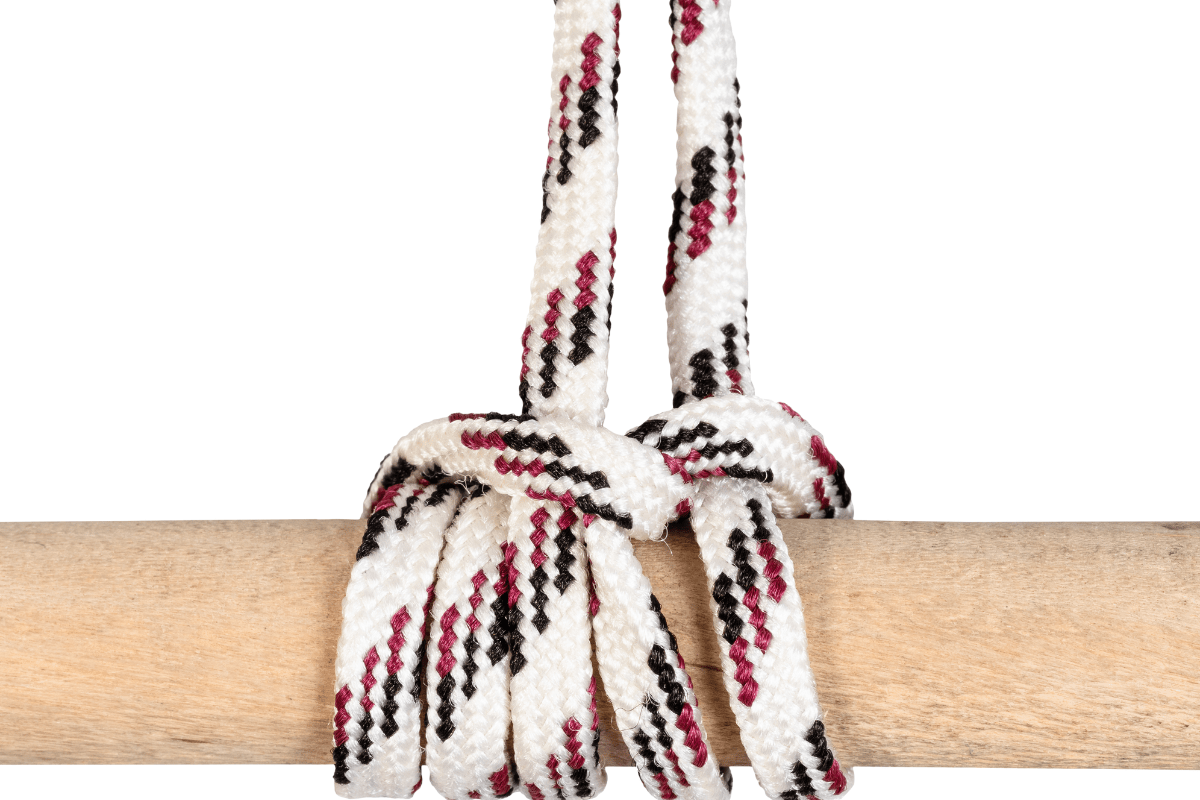
The Sheet Bend Knot
The sheet bend knot is a useful and versatile knot that is commonly used in boating, camping, and other outdoor activities. It is used to join two ropes of different sizes or materials, and is particularly useful when the ropes are of unequal thickness.
To tie the sheet bend knot, follow these steps:
- Make a bight (a loop) in one rope and hold it in your left hand.
- Pass the other rope through the bight from behind and bring it up over the top of the bight.
- Take the end of the second rope and pass it under the bight and back over itself.
- Pass the end of the second rope under the loop of the first rope.
- Pull the standing parts of both ropes to tighten the knot.
The sheet bend knot is a strong and secure knot that is ideal for joining ropes of different sizes or materials. It is also easy to tie and untie, making it a popular choice for many outdoor enthusiasts.
One of the main advantages of the sheet bend knot is that it can be used to join ropes of different thicknesses. This is because the knot does not rely on friction to hold the ropes together, but instead creates a secure interlocking mechanism between the two ropes.
Another advantage of the sheet bend knot is that it can be used to join ropes of different materials, such as nylon and natural fibers. This is because the knot does not put excessive stress on the ropes, which can cause them to break or fray.
The sheet bend knot is a versatile and reliable knot that is well-suited for a wide range of outdoor activities. Whether you are boating, camping, or just need to join two ropes together, the sheet bend knot is a great choice.
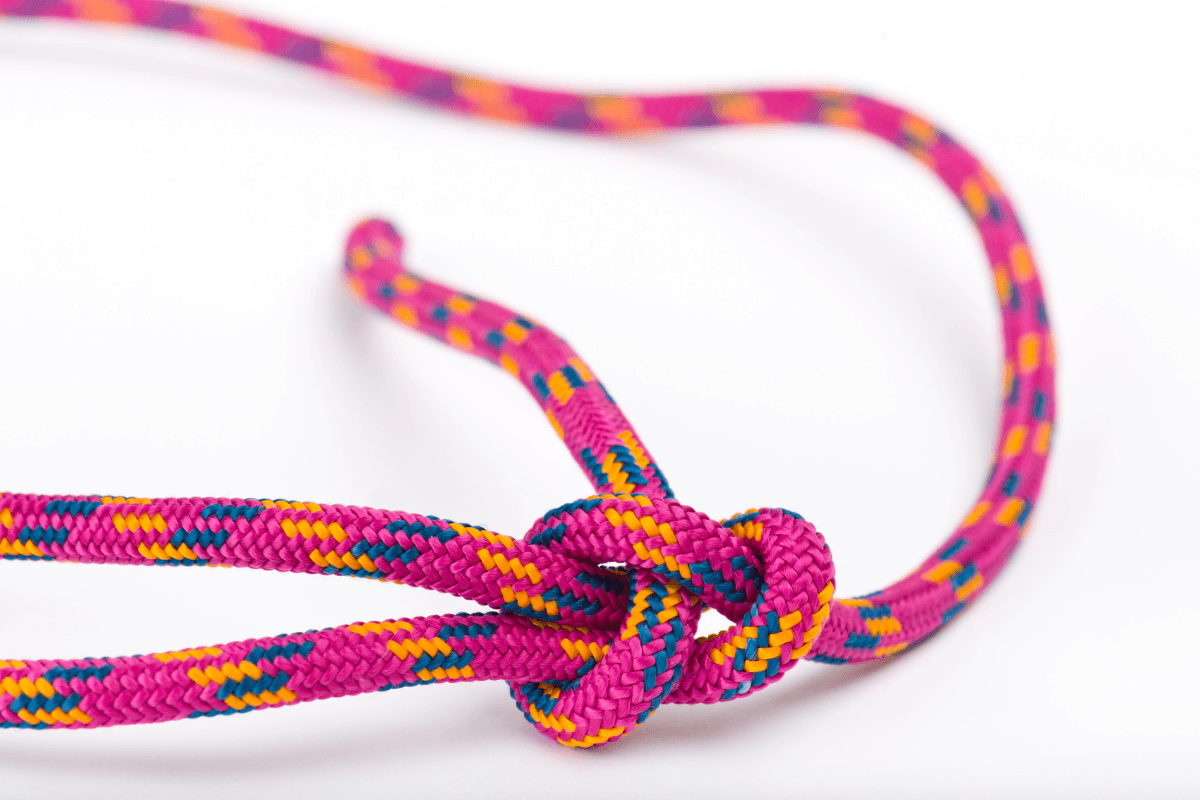
The Fisherman’s Knot
The fisherman’s knot, also known as the water knot, is a simple and strong knot that is commonly used in fishing and climbing. It is an essential knot for anglers, as it creates a secure connection between the fishing line and the hook or lure.
To tie the fisherman’s knot, follow these steps:
- Start by overlapping two pieces of fishing line or rope.
- Take one of the ends and wrap it around the other line or rope 4-5 times, then pass the end through the loop that has been formed between the two lines.
- Repeat the process with the other end, wrapping it around 4-5 times and passing it through the loop in the opposite direction.
- Tighten the knot by pulling both ends in opposite directions until the knot is snug and secure.
The fisherman’s knot is ideal for tying two lines of equal diameter together and is often used to attach leaders to fishing lines. It is also a popular knot for rock climbers, as it can be used to join two ropes together in an emergency situation.
One of the benefits of the fisherman’s knot is that it is easy to tie and untie, making it a convenient choice for anglers who may need to change their lures frequently. However, it is important to note that this knot can weaken the fishing line, so it should not be used in situations where maximum strength is required.
The fisherman’s knot is a versatile and reliable knot that every angler and climber should know how to tie. With a little practice, it can be tied quickly and securely, providing peace of mind and ensuring a successful day out on the water or up on the mountain.
